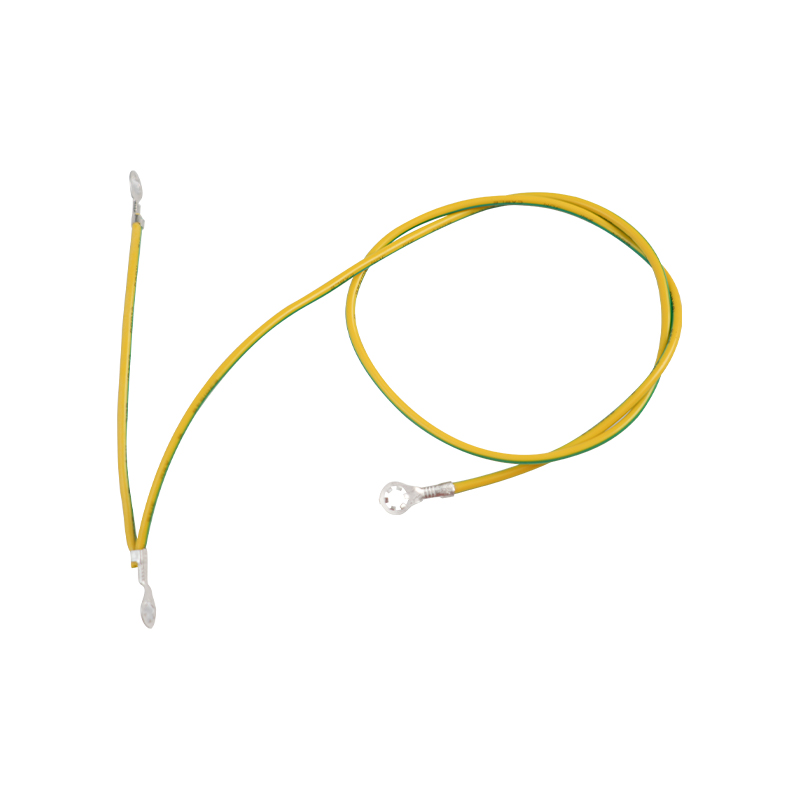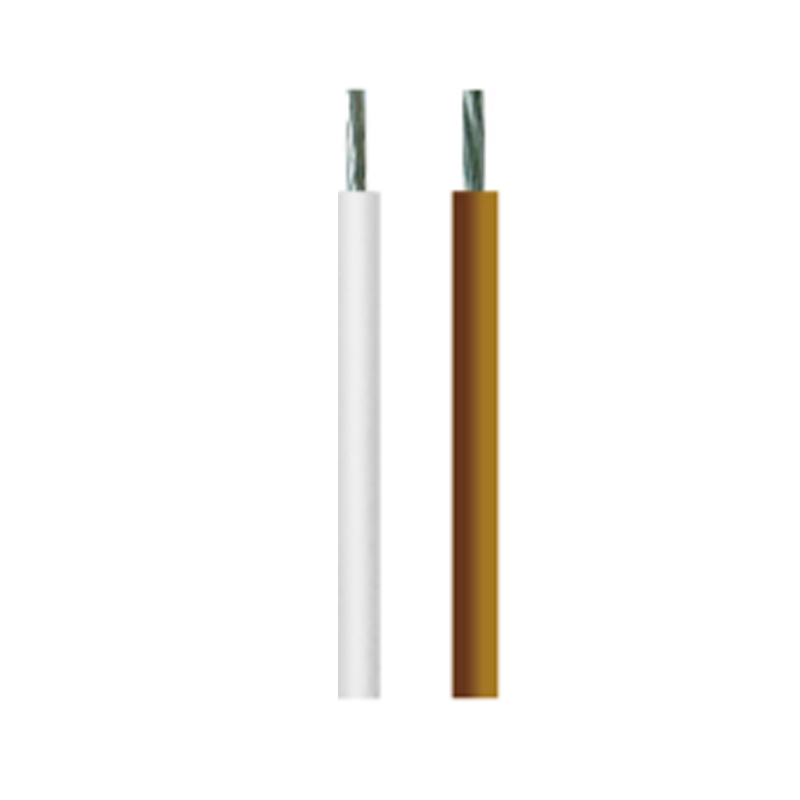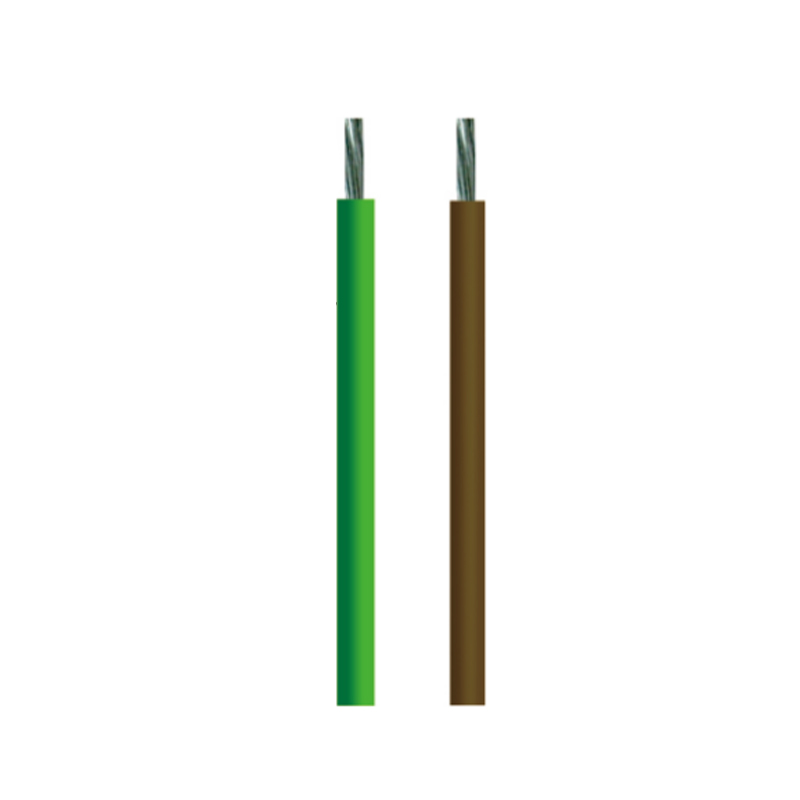In modern electrical appliances, safety and efficiency are two fundamental requirements that determine product reliability, user satisfaction, and compliance with global standards. One critical yet often overlooked component that significantly contributes to both factors is the wiring harness—a structured assembly of electrical cables and connectors designed to transmit signals and electrical power within an appliance. While seemingly simple, wiring harnesses play a vital role in ensuring stable electrical connections, reducing fire risks, and improving energy performance. This article explores how electrical appliance wiring harnesses enhance safety, improve operational efficiency, and support the evolution of smarter and more sustainable household and industrial devices.
1. Understanding Electrical Appliance Wiring Harnesses
A wiring harness, also known as a cable assembly or wire loom, is a pre-engineered system of wires, terminals, connectors, and protective coverings that organize and route electrical currents within a device. Instead of using loose wires, manufacturers integrate a compact and durable harness to simplify assembly and maintenance. Commonly used in appliances such as refrigerators, washing machines, air conditioners, microwave ovens, and vacuum cleaners, these harnesses provide the necessary electrical interconnection for sensors, motors, switches, and control circuits.
A typical wiring harness includes:
- Conductors (Copper or Aluminum Wires): For electrical current transmission.
- Insulation Materials: PVC, Teflon, or silicone coatings to prevent short circuits.
- Connectors and Terminals: For secure electrical contact between components.
- Protective Sleeves or Tubes: To resist heat, moisture, and mechanical abrasion.
- Clamps and Tapes: To organize and secure wires in compact arrangements.
By combining these elements, a wiring harness acts as the electrical “nervous system” of an appliance, enabling safe and efficient power distribution.
2. Enhancing Safety Through Organized and Reliable Design
(1) Prevention of Electrical Short Circuits
Loose or disorganized wiring inside an appliance can easily lead to crossed connections, insulation wear, and electrical short circuits. A wiring harness mitigates this risk by keeping wires properly bundled and shielded, maintaining separation between high- and low-voltage lines. This organization minimizes the likelihood of accidental contact between wires, thus preventing overheating or electrical fires.
(2) Superior Insulation and Protection
Wiring harnesses are designed using high-quality insulating materials that withstand heat, moisture, and chemicals. For example, silicone insulation can handle temperatures above 200°C, making it ideal for ovens or heating appliances. The protective layers also guard against electrical leakage, which is essential for preventing electric shocks or appliance malfunctions.
(3) Secure Connections and Reduced Fire Risk
Connectors and terminals in a harness are engineered to lock tightly into their sockets, maintaining stable contact even when the appliance vibrates or experiences mechanical stress. Poorly connected wires can generate heat due to resistance buildup, potentially leading to melting or ignition. A well-manufactured harness prevents such hazards, ensuring long-term stability and lowering fire risks.
(4) Compliance with Safety Standards
Modern wiring harnesses are developed in compliance with international safety standards such as UL, CE, and RoHS. These certifications ensure that materials are non-toxic, flame-retardant, and environmentally safe. Manufacturers who use certified harnesses can guarantee their appliances meet the highest levels of consumer safety and regulatory compliance.

3. Boosting Appliance Efficiency
(1) Reduced Power Loss
Well-designed wiring harnesses use conductors of appropriate gauge and high-quality materials to minimize resistance and power loss. The efficient transmission of current reduces unnecessary heat generation, improving the energy efficiency of appliances such as air conditioners, refrigerators, and washing machines. This not only extends appliance lifespan but also contributes to lower electricity consumption.
(2) Optimized Electrical Layout
By integrating multiple circuits into a single harness assembly, manufacturers can design compact and organized internal structures. This streamlined layout reduces wire length and the number of connections, improving electrical performance and reducing signal interference. For appliances using sensors or digital control systems, such precision wiring ensures stable communication between components.
(3) Faster Assembly and Reduced Manufacturing Errors
From a production standpoint, wiring harnesses dramatically improve manufacturing efficiency. Pre-assembled harnesses can be installed quickly and accurately, reducing manual wiring errors and saving labor time. Consistency in wiring layout enhances product uniformity and minimizes quality issues during mass production—an essential factor for both cost control and reliability.
(4) Enhanced Thermal Management
Since wiring harnesses bundle and secure conductors, they help distribute heat more evenly and avoid hot spots that could otherwise damage sensitive components. In appliances with motors or compressors, efficient wiring reduces the risk of localized overheating, improving long-term operational stability.
4. Applications Across Different Appliances
- Refrigerators: Wiring harnesses connect compressors, thermostats, sensors, and lighting systems, ensuring consistent cooling control and temperature feedback.
- Washing Machines: Harnesses manage motor control, water level sensors, and heating elements, reducing vibration-induced wire damage.
- Microwave Ovens: Heat-resistant harnesses connect the magnetron, control board, and fan motor, preventing electrical failure under high temperatures.
- Air Conditioners: They ensure secure transmission between the indoor and outdoor units, maintaining communication and power flow under varying loads.
- Vacuum Cleaners: Lightweight yet durable harnesses maintain power flow through flexible hoses and moving parts without breakage.
Each of these applications highlights the adaptability and necessity of harness design in modern appliances.
5. Technological Advancements in Wiring Harness Design
The evolution of smart and energy-efficient appliances has driven continuous innovation in wiring harness technology. Modern developments include:
- High-Density and Miniaturized Harnesses: Designed to fit compact electronic modules in smart appliances.
- Eco-Friendly Materials: Use of halogen-free insulation and recyclable plastics to meet environmental regulations.
- Waterproof and Dustproof Connectors: Ensuring performance in humid or outdoor environments.
- Data Transmission Capability: Integration of fiber-optic or shielded data cables to support IoT-enabled smart devices.
- Automated Harness Production: Robotic assembly ensures consistency, precision, and scalability for high-volume manufacturing.
These advancements align with global trends toward sustainability, digitalization, and user safety.
6. Future Trends and Sustainability Considerations
The future of electrical appliance wiring harnesses lies in lightweight, recyclable, and intelligent systems. As manufacturers aim to reduce carbon footprints, biodegradable insulation and low-loss conductors are gaining popularity. Moreover, integration with smart monitoring systems will allow real-time detection of electrical faults or insulation degradation, improving predictive maintenance.
Harness manufacturers are also exploring modular harness systems that can be replaced or upgraded easily, extending appliance life cycles and supporting circular economy goals.
7. Conclusion
Electrical appliance wiring harnesses may appear as hidden components, but their impact on safety, performance, and energy efficiency is profound. By preventing electrical hazards, ensuring secure connections, and optimizing current flow, they form the backbone of reliable and efficient appliance design. As technology advances, the wiring harness continues to evolve—embracing new materials, automation, and digital intelligence—to meet the growing demands of modern households and industries.
Ultimately, a well-designed wiring harness does more than connect wires; it connects safety, efficiency, and innovation—ensuring that every appliance operates at its best, securely and sustainably.



 English
English عربى
عربى Español
Español









